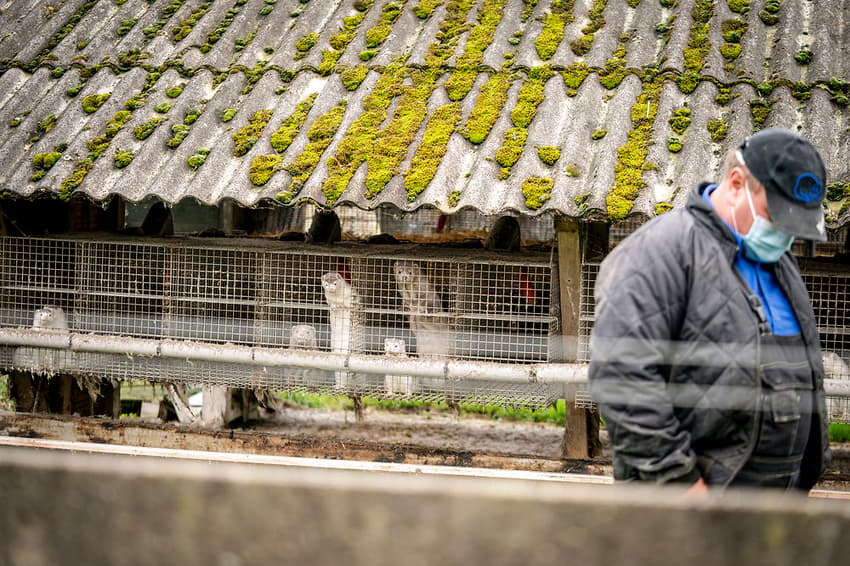Denmark to cull millions of minks over mutated coronavirus

Denmark, the world's biggest producer of mink fur, said Wednesday it would cull all of the country's minks after a mutated version of the new coronavirus was detected at its mink farms and had spread to people.
The mutation "could pose a risk that future (coronavirus) vaccines won't work the way they should," Prime Minister Mette Frederiksen told a press conference, adding: "It is necessary to cull all the minks."
“The mutated virus could thereby have serious negative consequences for the whole world’s response to the ongoing pandemic,” she said.
Danish police estimated that between 15 and 17 million minks would need to be put down.
Twelve people are currently registered as infected with a mutated form of the coronavirus in Denmark, according to news wire Ritzau. The mutated virus is reported to respond weakly to antibodies.
Denmark’s mink industry is the largest of its kind in the world, normally producing 12-13 million skins annually.
Coronavirus has been detected at 207 Danish mink farms, Frederiksen said.
The emergency measure would effectively halt the industry for a number of years, the PM admitted.
The armed forces and fire services will be involved in culling the animals, she said.
READ ALSO: Why Denmark is culling millions of minks due to coronavirus
Comments
See Also
The mutation "could pose a risk that future (coronavirus) vaccines won't work the way they should," Prime Minister Mette Frederiksen told a press conference, adding: "It is necessary to cull all the minks."
“The mutated virus could thereby have serious negative consequences for the whole world’s response to the ongoing pandemic,” she said.
Danish police estimated that between 15 and 17 million minks would need to be put down.
Twelve people are currently registered as infected with a mutated form of the coronavirus in Denmark, according to news wire Ritzau. The mutated virus is reported to respond weakly to antibodies.
Denmark’s mink industry is the largest of its kind in the world, normally producing 12-13 million skins annually.
Coronavirus has been detected at 207 Danish mink farms, Frederiksen said.
The emergency measure would effectively halt the industry for a number of years, the PM admitted.
The armed forces and fire services will be involved in culling the animals, she said.
READ ALSO: Why Denmark is culling millions of minks due to coronavirus
Join the conversation in our comments section below. Share your own views and experience and if you have a question or suggestion for our journalists then email us at [email protected].
Please keep comments civil, constructive and on topic – and make sure to read our terms of use before getting involved.
Please log in here to leave a comment.